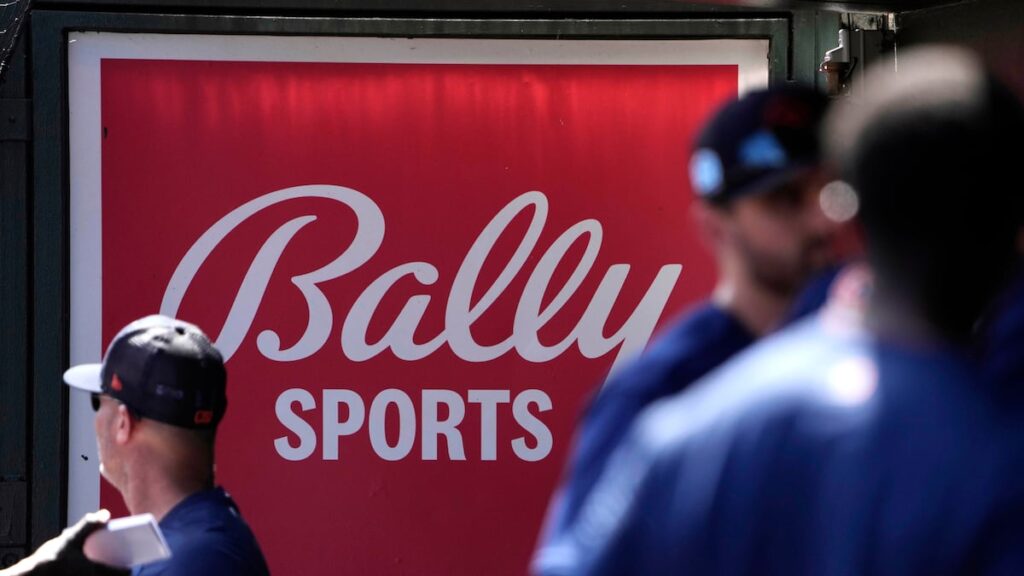This situation raises critical questions: What impact could this have on the team’s revenue and, consequently, their ability to build a competitive roster? Regional sports networks have been struggling in recent years, and teams like the Rays may have to rely more on streaming or alternative partnerships. But is streaming alone enough to maintain fan engagement and reach a broad audience?
The conversation heats up when we consider the impact this will have not only on the Rays but on the broader sports media landscape. Some teams, like the Angels and Cardinals, are in the same boat, while others, like the Brewers and Guardians, had short-term deals that may also be in jeopardy. If Bally Sports can’t renegotiate or stabilize, could this spell the end of the traditional regional sports network model, forcing teams to adapt quickly to new streaming platforms? How will the Rays and others respond to this seismic shift in sports broadcasting? Let’s hear your thoughts—what’s the next best move for the Rays, and how should MLB handle this rapidly changing media landscape?
The clock is ticking with the Rays’ future TV coverage hanging in the balance
FAQs:
What led to the decision to halt coverage with the Rays and other teams?
Diamond Sports Group, in bankruptcy court, made the decision to stick only with the Braves for the 2025 season, leaving other teams in limbo.
Can the Rays renegotiate with Diamond to stay on Bally for a lower rights fee?
According to initial reports, there is a possibility for the Rays and other affected teams to renegotiate with Diamond to potentially stay on Bally for a lower rights fee.
What impact does this development have on the coverage of MLB games?
The decision to halt coverage with certain teams highlights the ongoing battles between Major League Baseball, regional sports networks, and broadcasting companies, reflecting the shifting landscape of sports media coverage.


